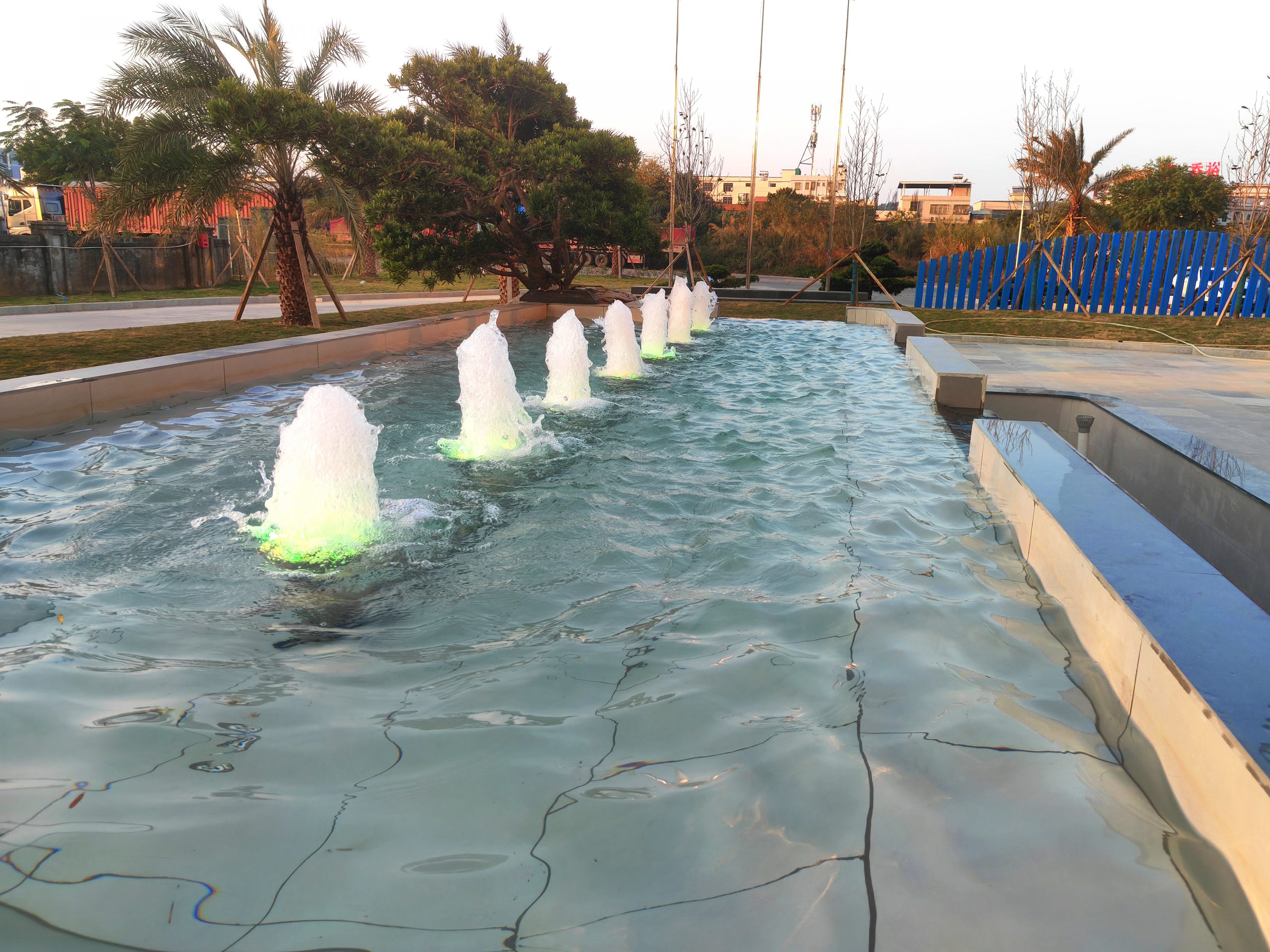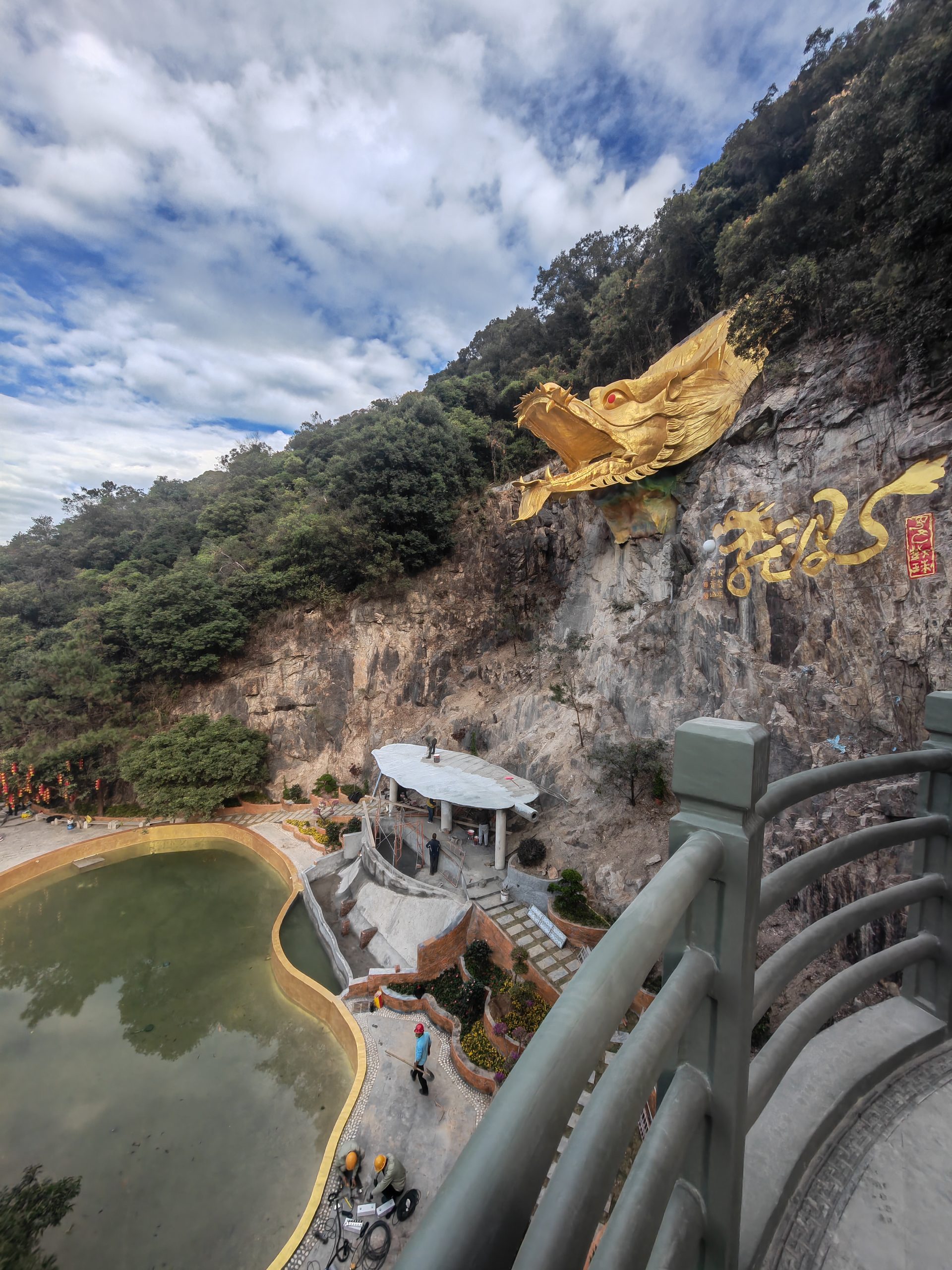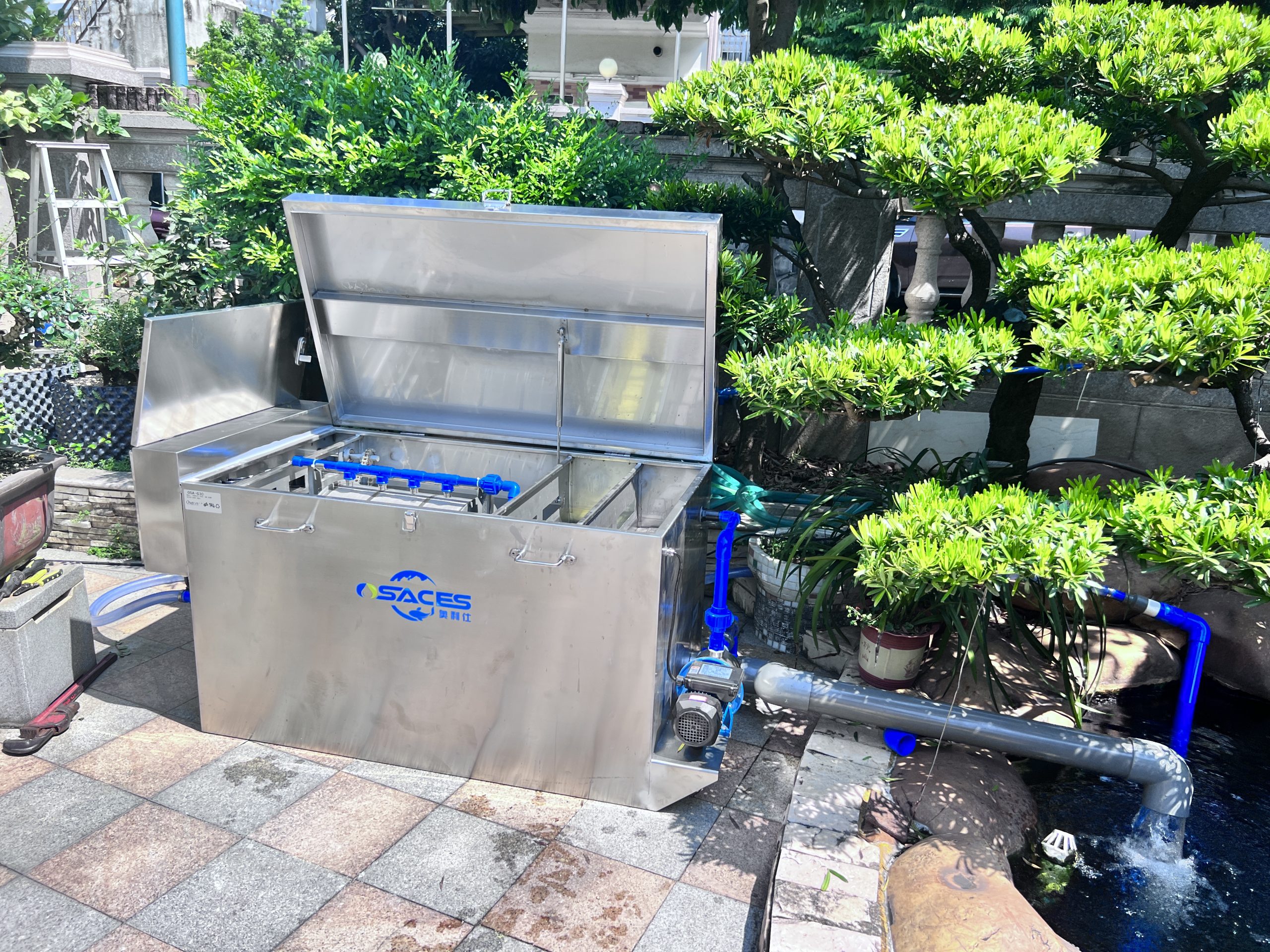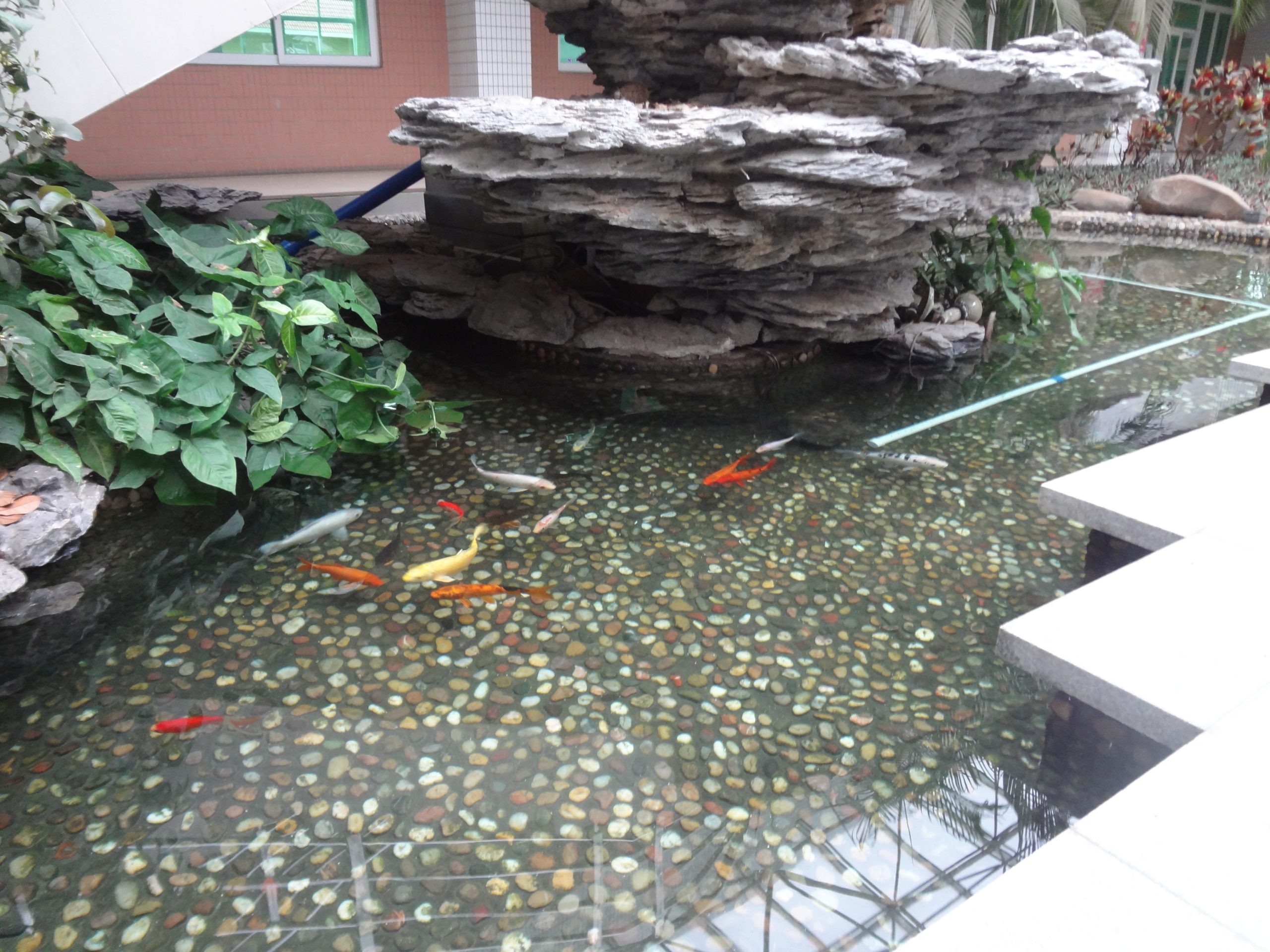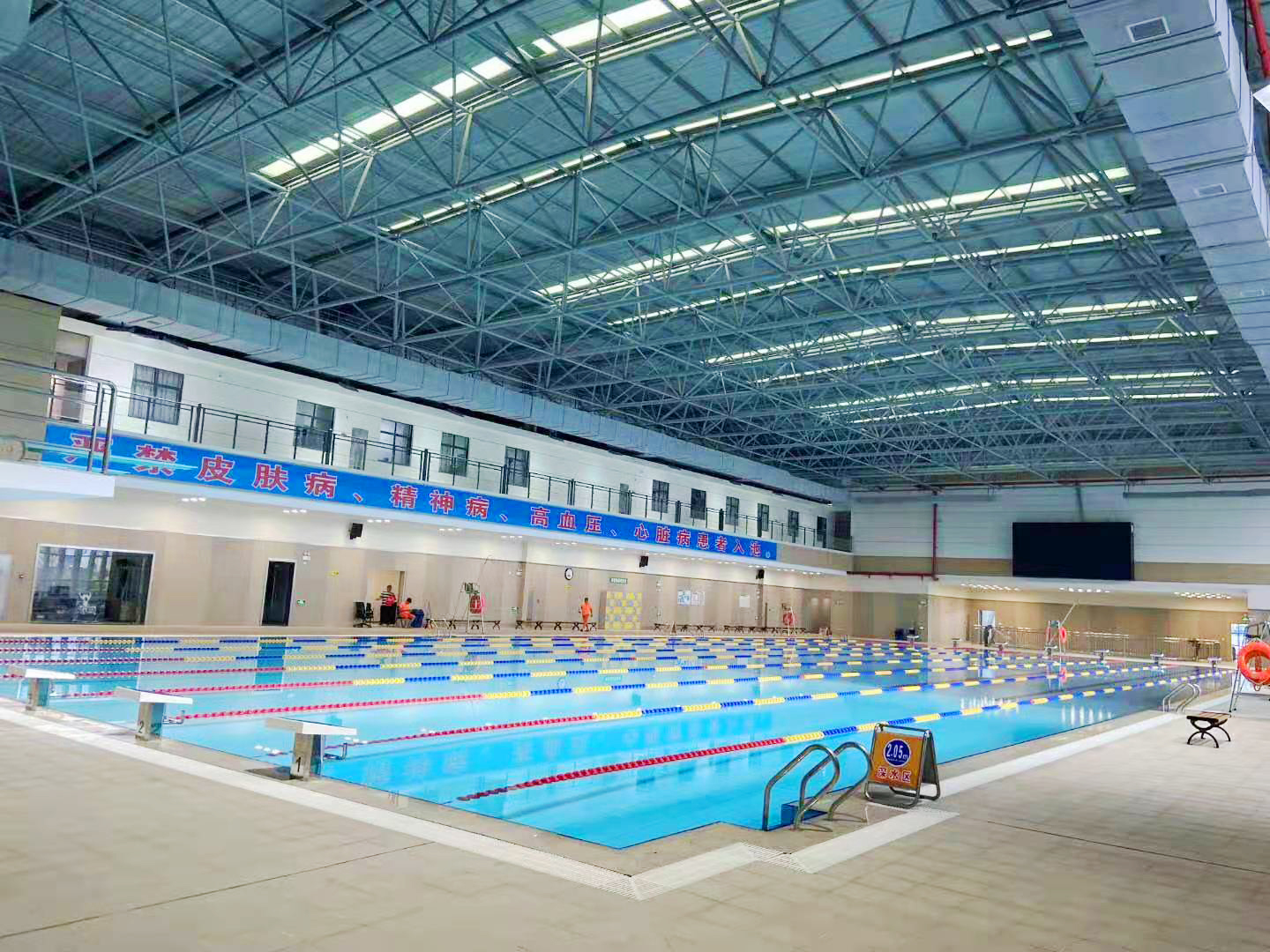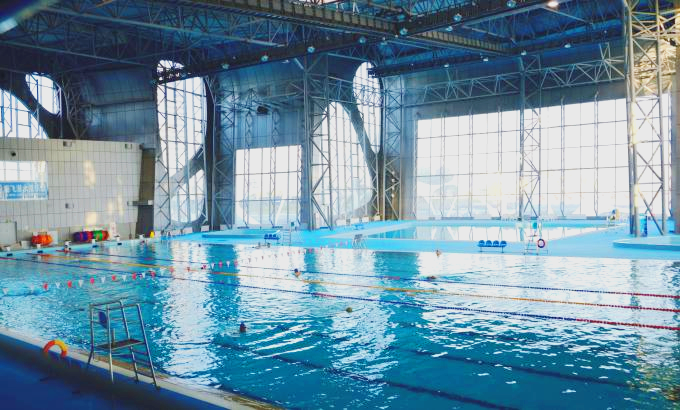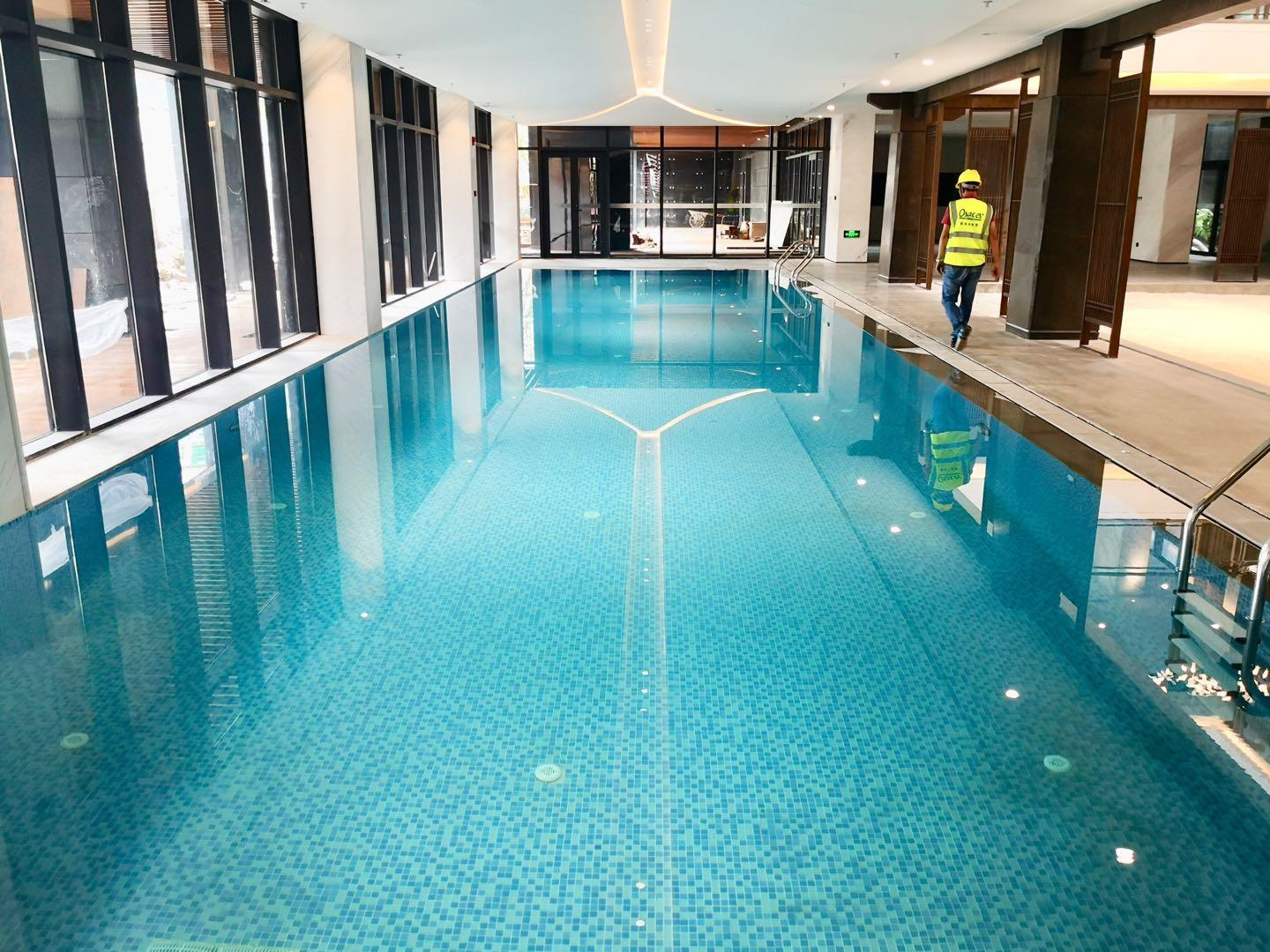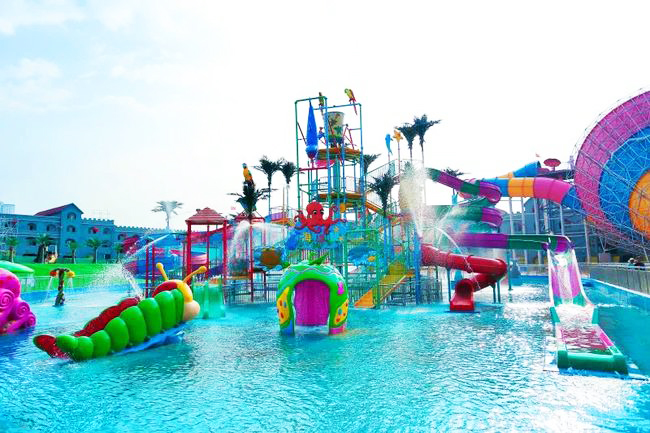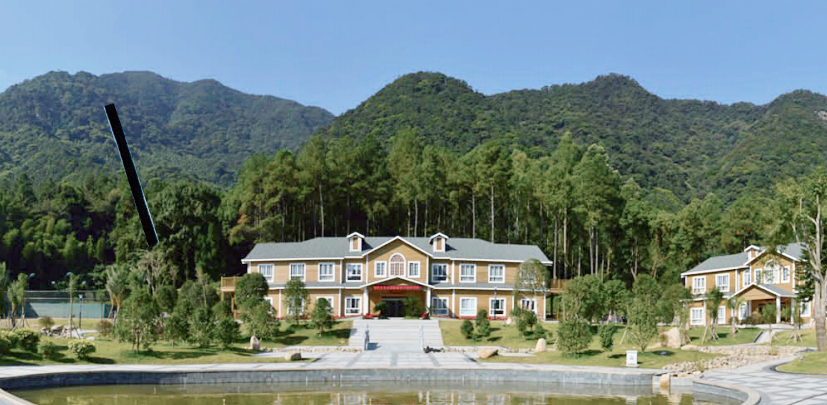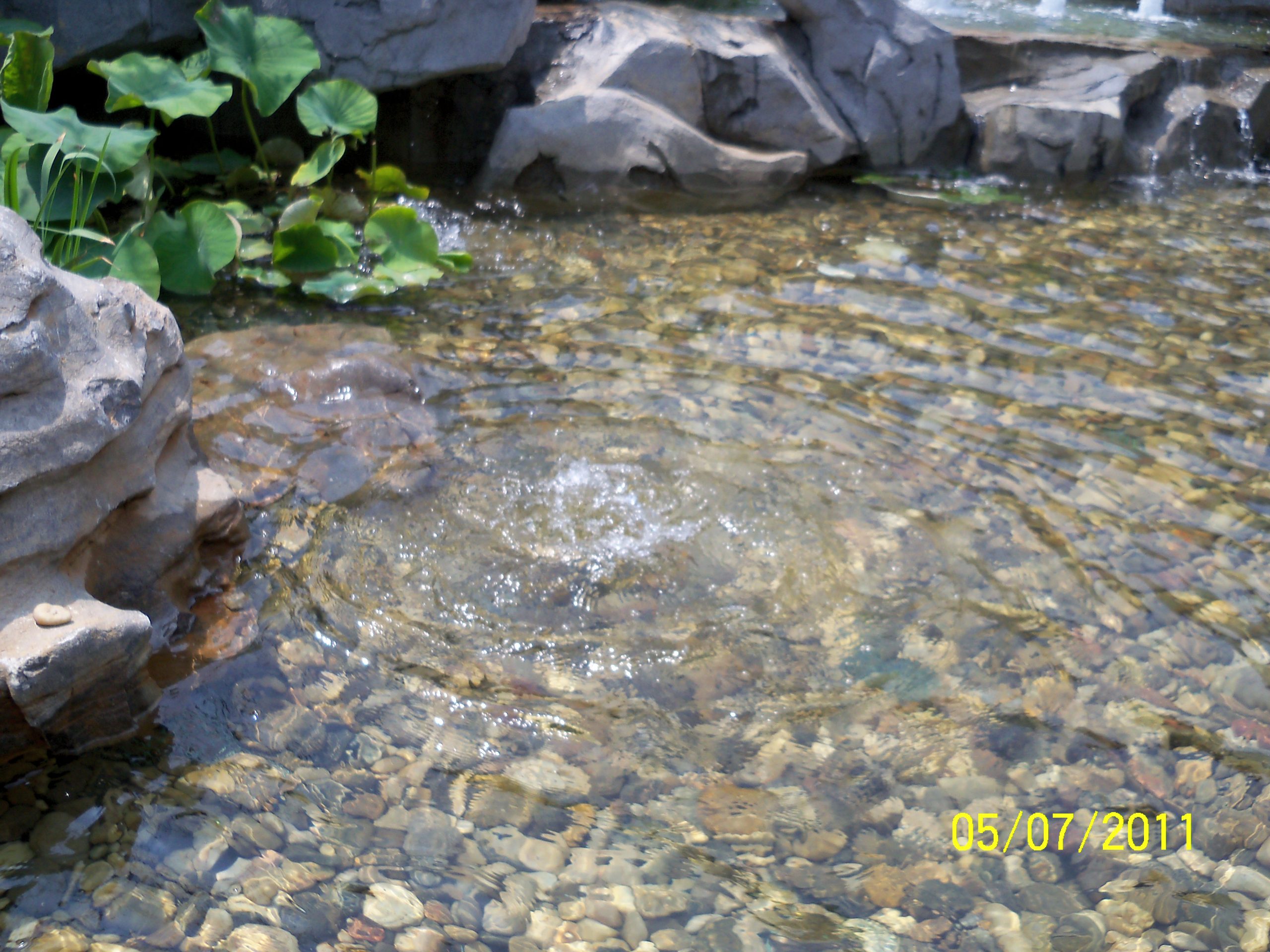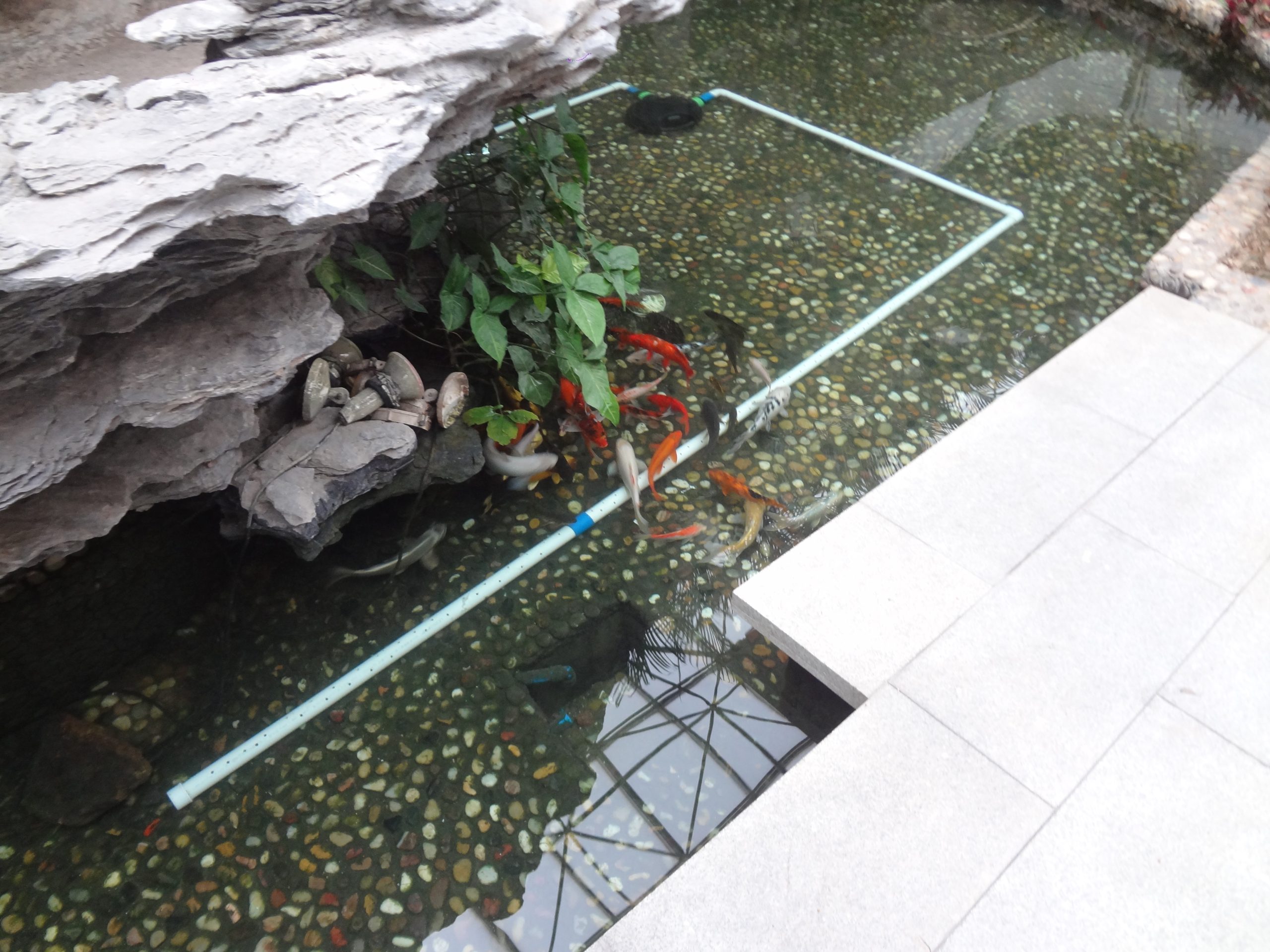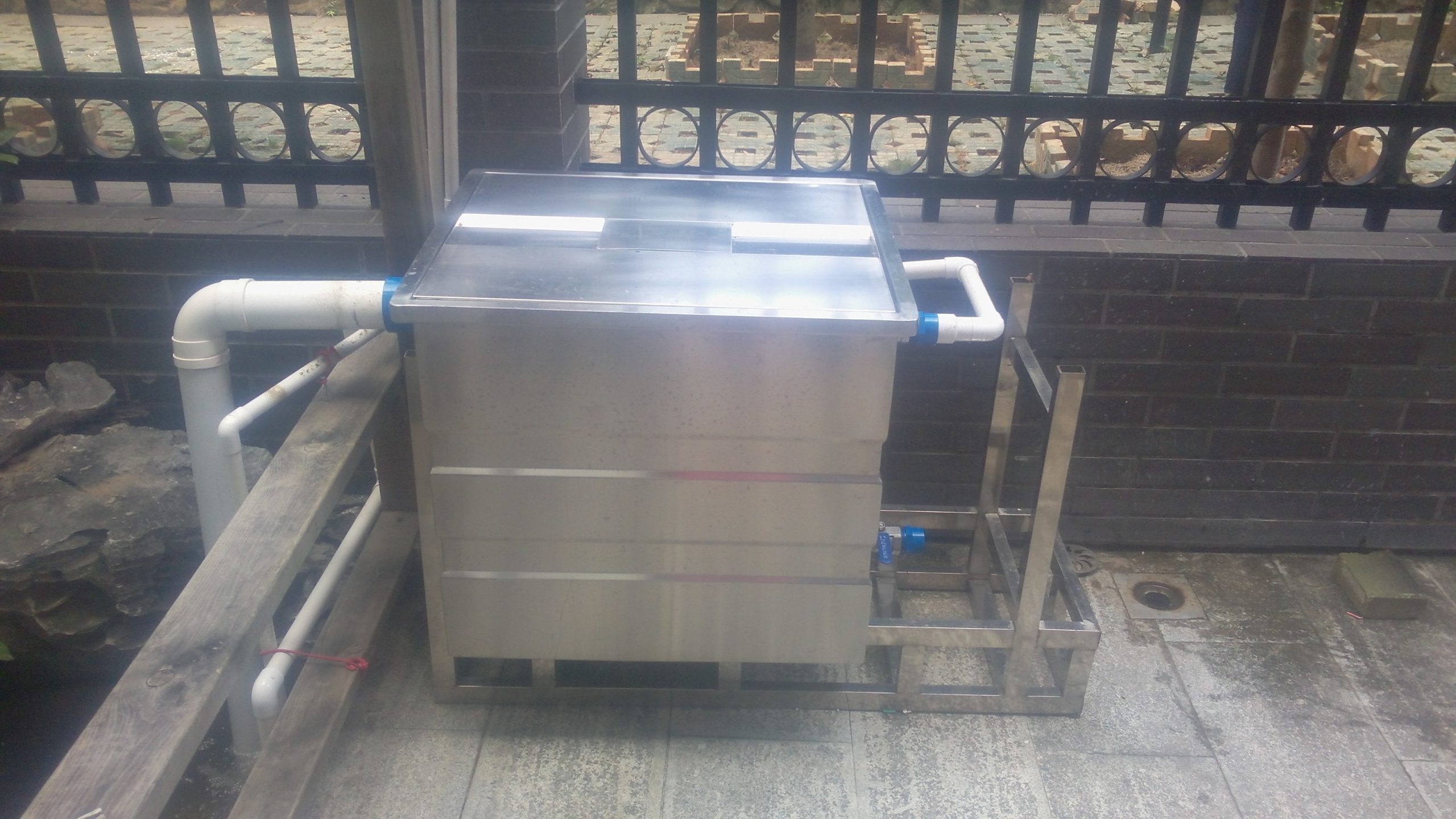common problems
contact details
 Ollies (Guangzhou) Recreation and Sports Equipment Co.
Ollies (Guangzhou) Recreation and Sports Equipment Co.Tel: (020) 82686289
Fax: 020-82694853
Headquarter: No.31-37, Xincun 2 Road, Shangjiang North Street, Dongzhou Village, Xintang Town, Zengcheng City, Guangzhou, Guangdong, China
What is the best way to choose between a traditional filtration tank and an integrated fish tank filter?
A filtration system is one of the essential pieces of equipment in fish keeping and the key to good fish keeping. To help aquarium hobbyists to keep the water clean and improve the survival rate of fish and ornamental.
Traditional filtration and integrated fish pond filtration equipment are two common types of filtration. They have their own advantages and disadvantages, how do we really choose?
One,Conventional Filtration
The traditional koi pond filtration system is to build a multi-compartmentalized filtration pond next to the fish pond, placing a variety of different functional filtration materials, and using multi-stage overflow filtration to purify the water quality of the fish pond.
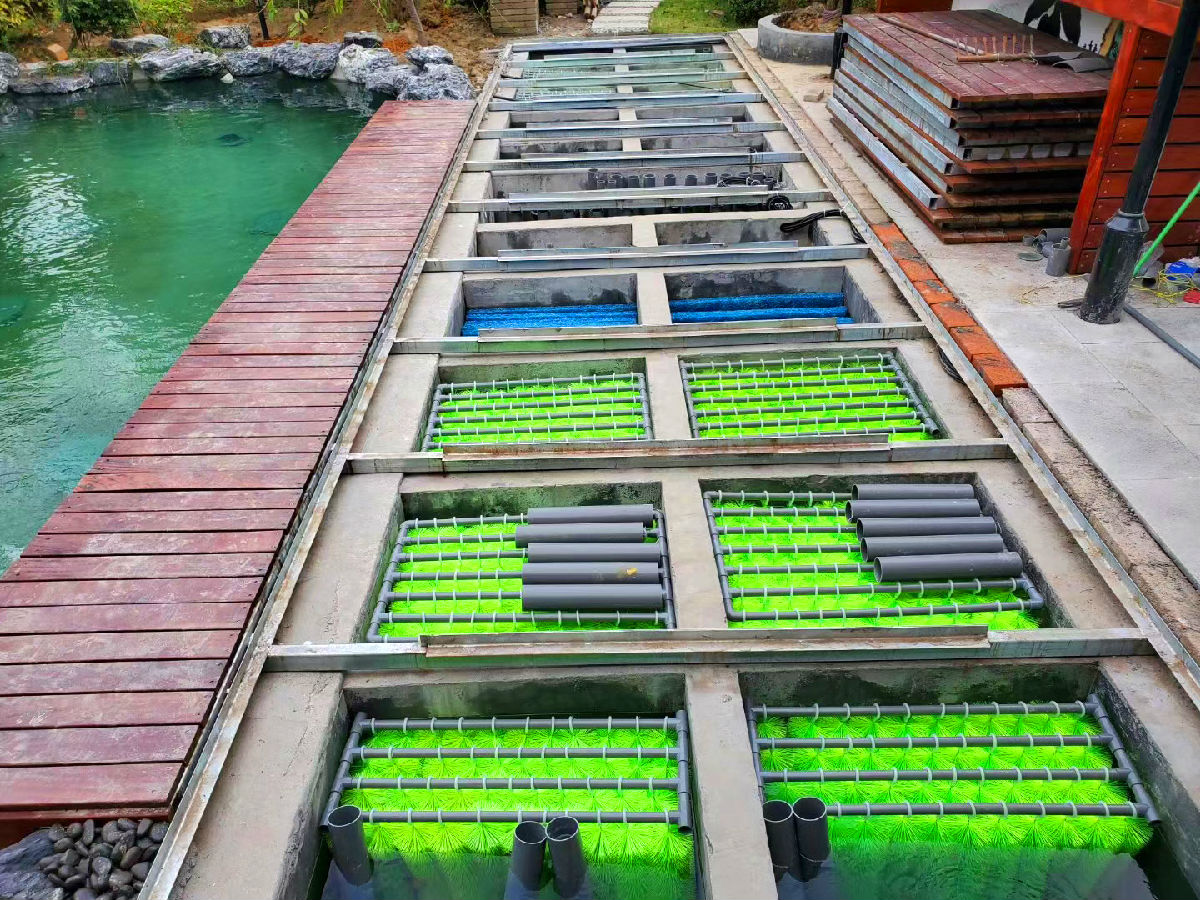
Pros:
(1) Good filtration:
Traditional filtration pool usually consists of multiple filter compartments, such as clear water compartment, physical compartment, biochemical compartment, sewage compartment, etc. Different filter materials are placed according to the functionality of each compartment. Professional design and scientific matching of filter materials can achieve better filtration effect, effectively remove impurities and harmful substances in water, and keep the water clean.
(2) High processing capacity:
Since a conventional filtration cell is a system consisting of a number of individual filter bins, the flow rate and power of each bin can be adjusted as needed to increase the treatment capacity of the filtration system.
(3) Wide scope of application:
Traditional filtration tanks are suitable for different types and sizes of fish ponds, but the ratio of the area between the fish pond and the filtration tank needs to be taken into account when constructing the tank.
Drawbacks:
-
Higher construction requirements: Higher requirements for the professionalism of the builder, from the beginning of the civil construction should be reasonably designed, pre-buried multiple pipes and cables, the construction of a large amount of work, time-consuming.
-
Occupy a large space: traditional filtration pool usually need to be set up separately in the fish pond next to the pit body construction, and generally need to account for 1/5 ~ 1/3 of the area of the fish pond, occupying a large space.
-
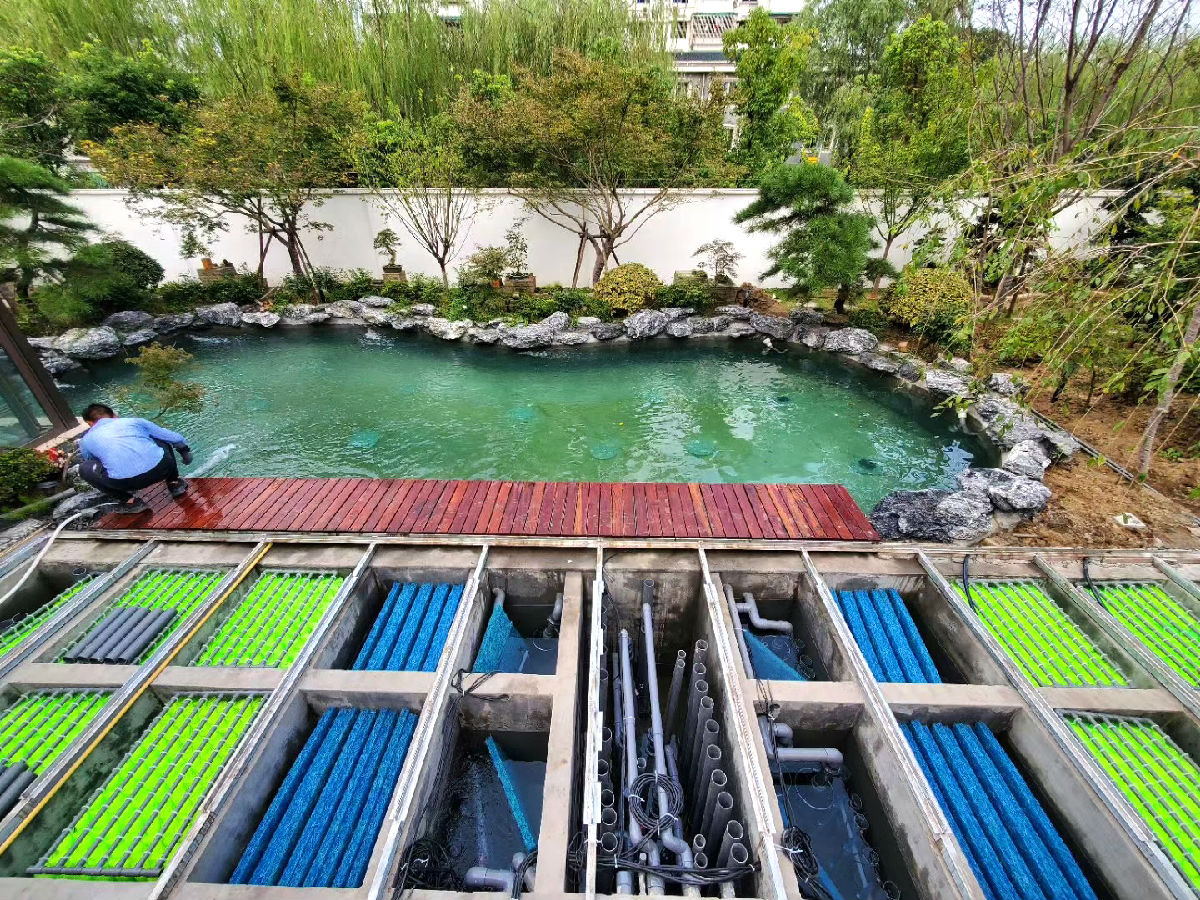
-
Difficult to regulate water flow: Conventional filtration tanks are usually operated by a pump to circulate the water flow, which is difficult to regulate and sometimes requires the purchase of a separate flow controller.
-
Long construction period and high cost: The traditional filtration pool consists of multiple filter bins configured with reasonable filter media, which requires advance design, pre-buried piping, long construction period, and additional procurement of pumps, piping and other auxiliary equipment, the price is relatively high.
-
Low filtration precision: Due to the limited roughness of the filter media, it cannot filter out very tiny particles and harmful substances, so the purification effect on water quality has some limitations.
-
High maintenance cost: regular cleaning is difficult, consumes a lot of manpower and material resources, and post maintenance is extremely inconvenient.
-
II. Integrated Fish Pond Filter
-
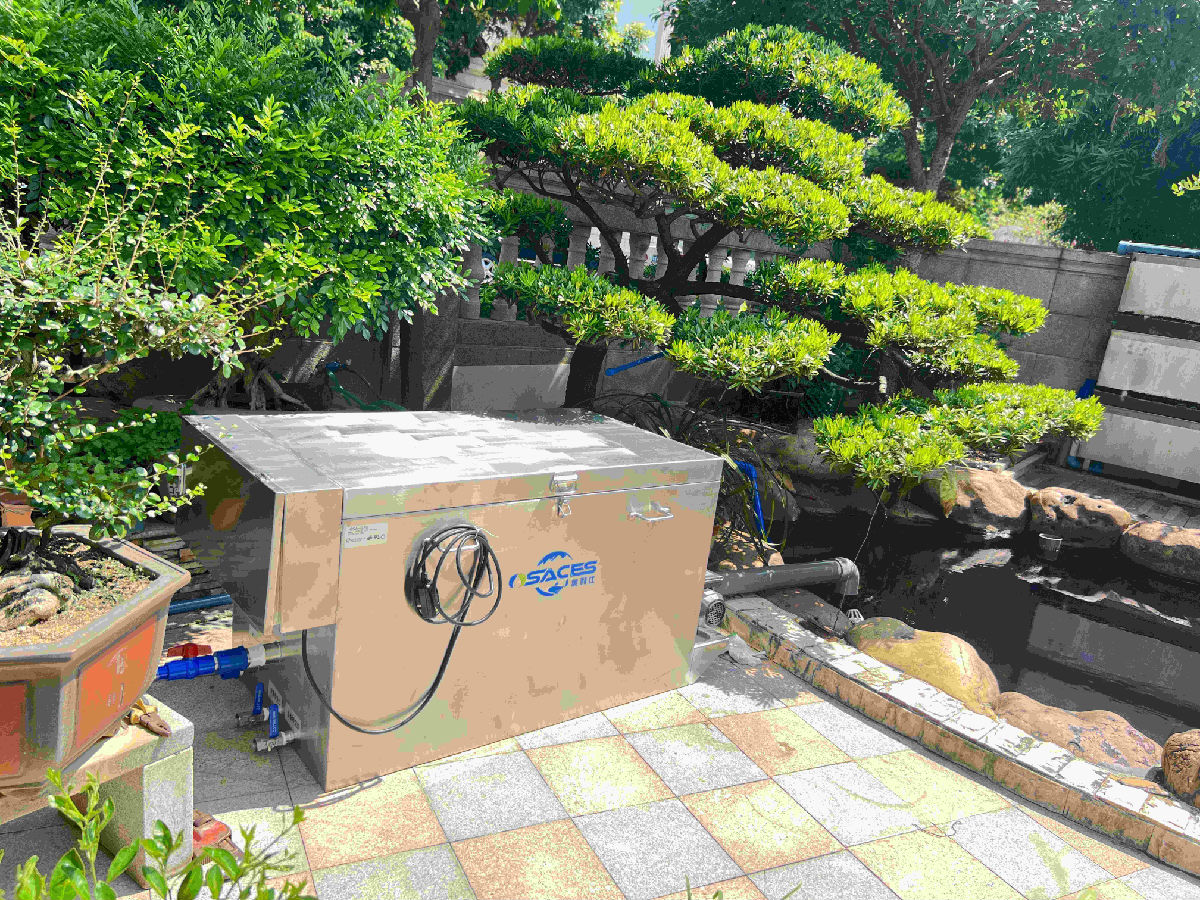
-
All-in-one design:
The integrated fish pond filter integrates multiple filtration methods into one device, avoiding the complex installation process of traditional filter ponds that require the connection of multiple filters and pumps, while allowing for easier maintenance and cleaning.
-
Small footprint:
The integrated fish pond filter integrates multiple functional filter compartments into the filter housing, eliminating the need for additional space, with a small footprint and suitable for environments with less space.
-
High efficiency filtration:
The integrated fish pond filter integrates physical filtration, biochemical filtration, oxygenation circulation, and ultraviolet disinfection system into one, and simultaneously treats suspended particles, organic matter, ammonia, nitrogen, and other pollutants in the water, as well as harmful bacteria, with high filtration precision, long-lasting eco-purification, and more thorough filtration.
-
Energy savings:
All-in-one fish pond filter integrates multiple functions in one, using only one pump to drive the entire filter, saving 70-80% of energy compared to traditional filter ponds.
-
Low operating noise:
The pump of the integrated fish pond filter generally adopts soundproof material to effectively reduce noise, safe isolation of electrically charged parts in a fully enclosed structure, ceramic bearings, and durability;
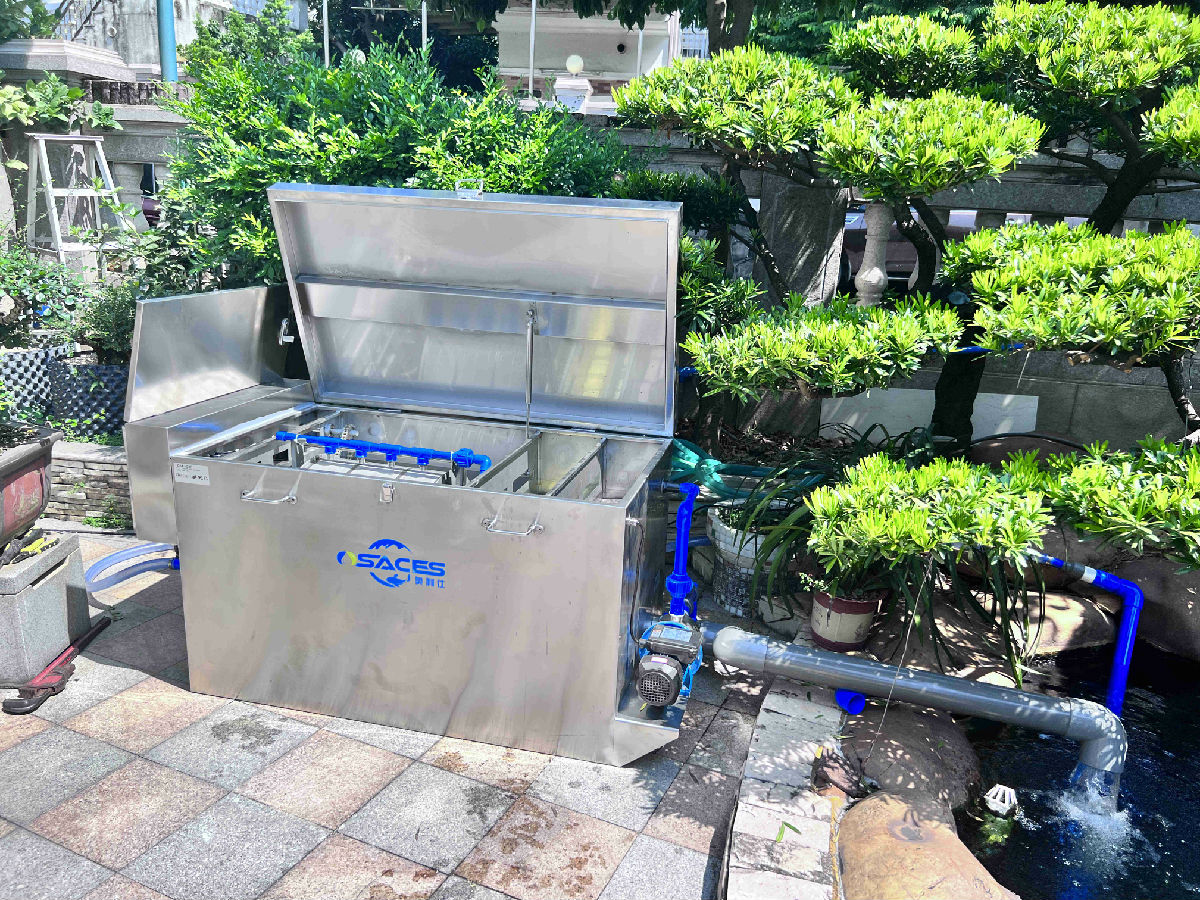
-
Cost savings:
Integrated fish pond filters are customized and produced in bulk by professional source water treatment factories, with no middlemen to make a difference in price, and also free design, which greatly reduces the cost.
-
Intelligent and more humanized:
The fully automatic integrated fish pond filter is equipped with an intelligent control system, which can automatically backwash and discharge at regular intervals without manual care. The whole system automatically completes circulating filtration, sterilization, backwashing and discharging as well as oxygenation and bacterial cultivation, with easy installation and stable operation.
-
Easy to operate:
The integrated fish tank filter is simple to install and operate, requiring no specialized knowledge, and can be easily set up and maintained by aquarists.
drawbacks::
1,Because the material, workmanship and effect are all very demanding, the cost will be relatively high;
2, because of the German entrepreneurial spirit, very strict in terms of publicity, resulting in many customers ignore the cost-effective and simply compare the price is expensive, such as: Ollies 08K can handle 8 to 12 cubic meters of water, but actually reach the market for similar products to deal with 30 to 80 cubic meters of water filtration effect.
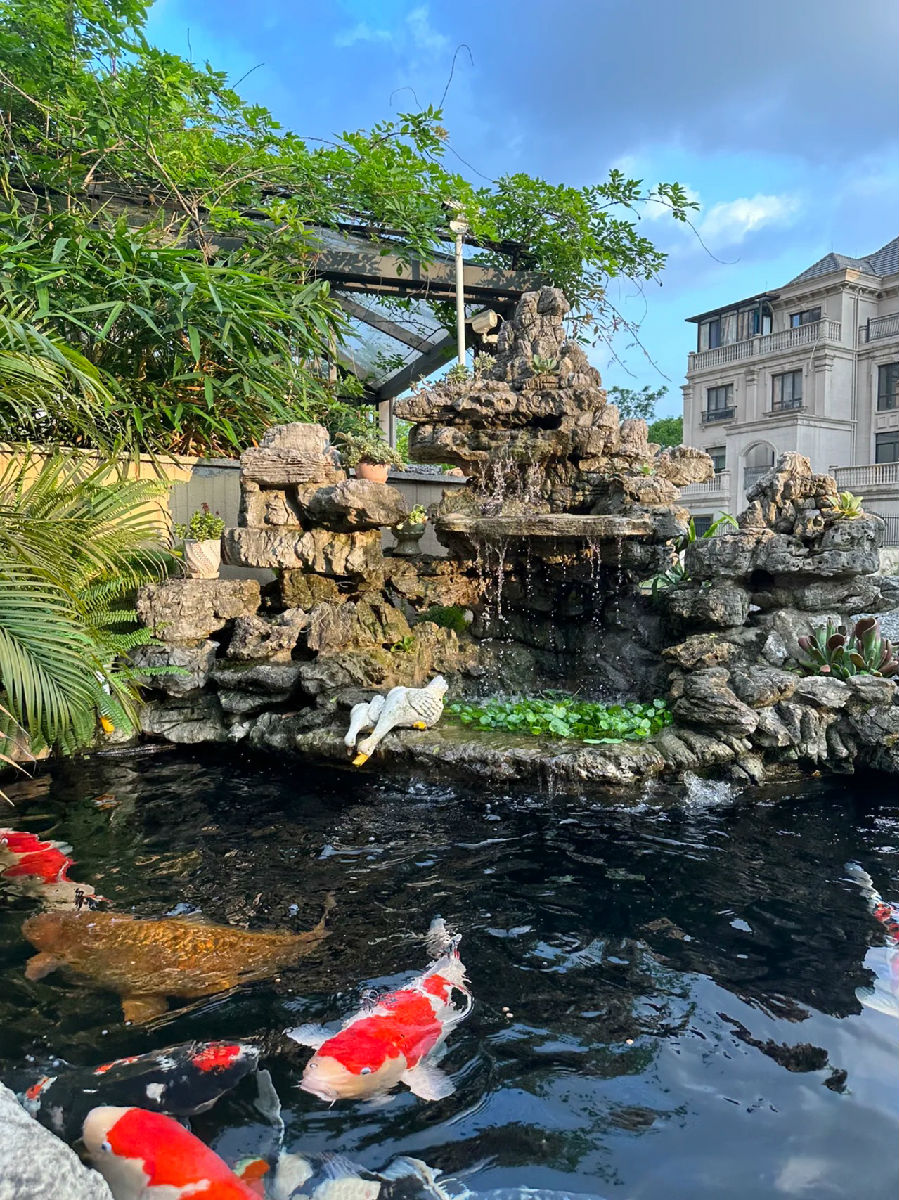
Related content
- Don't let rotting tails affect the koi's aesthetics
- What kind of water is good for fish? Talking more about green water for fish
- What to do if the water in your fish pond is unclear? How to keep the water fresh and clear
- Are you ready for the golden age of koi growth?
- What causes new koi to get sick easily?
- Case Sharing--Foshan Shunfeng Mountain Park 3600 square meters landscape pool purification project
- Case Sharing||Huizhou-- Intelligent Terminal Beidou Industry Production Project Fountain Fish Pond Purification Project
- Guangdong Guanyinshan National Forest Park 300m³ landscape fish pond purification project

